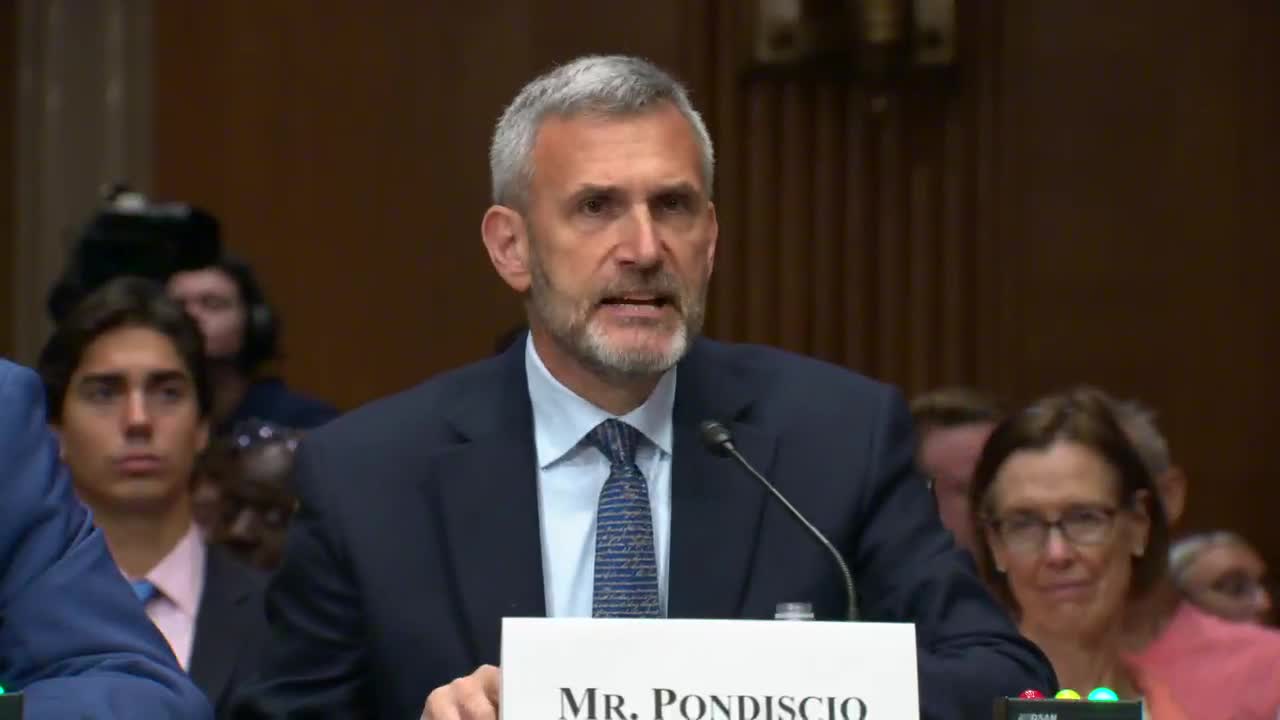Teachers face overwhelming challenges beyond just pay
June 20, 2024 | Health, Education, Labor, and Pensions: Senate Committee, Standing Committees - House & Senate, Congressional Hearings Compilation

This article was created by AI summarizing key points discussed. AI makes mistakes, so for full details and context, please refer to the video of the full meeting. Please report any errors so we can fix them. Report an error »

In a recent government meeting, educators and officials addressed the pressing challenges facing teachers in the United States, emphasizing that simply increasing salaries will not resolve the systemic issues contributing to teacher burnout and attrition. The discussion highlighted that while higher pay is often proposed as a solution to improve student outcomes, it fails to address the underlying factors that make teaching increasingly difficult.
Key points raised included the inadequate preparation of teachers, deteriorating classroom conditions, and the overwhelming demands placed on educators. A significant 84% of teachers reported feeling they lack sufficient time to complete their work, and nearly half of new teachers leave the profession within five years. The former head of the National Council on Teacher Quality, Kate Walsh, criticized the current state of teacher training, likening it to a \"hazing\" process that leaves many educators unprepared for the challenges they face.
The meeting also underscored the alarming rise in disruptive student behavior, with over 70% of teachers noting an increase in such incidents since 2019. This has led to calls for reforms, including the removal of habitually disruptive students from classrooms to create a more conducive learning environment. Louisiana's state superintendent of education, Kate Brumley, advocated for this approach, which is not commonly supported.
Additionally, the discussion pointed out that teachers are often expected to take on roles beyond their academic responsibilities, acting as social workers and therapists without adequate training. This added burden detracts from their primary focus on education and can have negative consequences for students.
The meeting concluded with a call for a comprehensive reevaluation of the teaching profession, emphasizing that improving educational outcomes requires addressing the realities of the job rather than relying solely on financial incentives. As the nation grapples with a teacher shortage, the need for systemic change in how educators are supported and prepared has never been more urgent.
Key points raised included the inadequate preparation of teachers, deteriorating classroom conditions, and the overwhelming demands placed on educators. A significant 84% of teachers reported feeling they lack sufficient time to complete their work, and nearly half of new teachers leave the profession within five years. The former head of the National Council on Teacher Quality, Kate Walsh, criticized the current state of teacher training, likening it to a \"hazing\" process that leaves many educators unprepared for the challenges they face.
The meeting also underscored the alarming rise in disruptive student behavior, with over 70% of teachers noting an increase in such incidents since 2019. This has led to calls for reforms, including the removal of habitually disruptive students from classrooms to create a more conducive learning environment. Louisiana's state superintendent of education, Kate Brumley, advocated for this approach, which is not commonly supported.
Additionally, the discussion pointed out that teachers are often expected to take on roles beyond their academic responsibilities, acting as social workers and therapists without adequate training. This added burden detracts from their primary focus on education and can have negative consequences for students.
The meeting concluded with a call for a comprehensive reevaluation of the teaching profession, emphasizing that improving educational outcomes requires addressing the realities of the job rather than relying solely on financial incentives. As the nation grapples with a teacher shortage, the need for systemic change in how educators are supported and prepared has never been more urgent.
View full meeting
This article is based on a recent meeting—watch the full video and explore the complete transcript for deeper insights into the discussion.
View full meeting